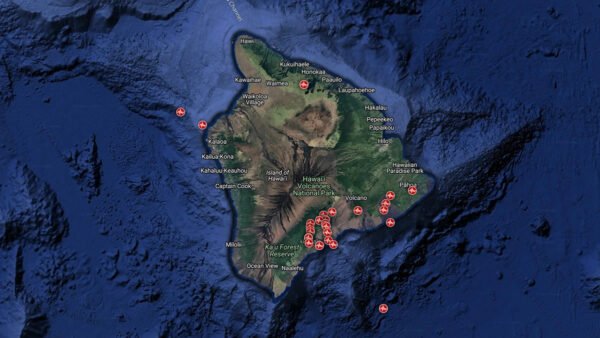Increased seismicity detected at Kamaʻehuakanaloa volcano, Hawaii

Increased seismicity has recently been detected at Kamaʻehuakanaloa volcano, located southeast of the Big Island of Hawaii. This undersea volcano, formerly known as Lōʻihi Seamount, experienced a notable uptick in seismic activity starting around 2 a.m. HST on January 21, 2025. The activity consisted of 16 earthquakes recorded at depths between 8 to 20 miles below sea level, but no tremors were felt on the Big Island itself.
The United States Geological Survey (USGS) Hawaiian Volcano Observatory reported that this swarm of earthquakes ceased by 8 a.m. HST on the same day, and further earthquake activity is considered unlikely at this time. The USGS noted that while the source of these earthquakes is challenging to pinpoint, it may be associated with magma movement beneath the volcano. Historically, similar swarms have led to thousands of earthquakes over extended periods without resulting in eruptions that affected the islands.
Officials have reassured that this recent seismic activity has not impacted other volcanoes or infrastructure on the Big Island and that any potential eruptive activity would not pose a threat to local residents.
